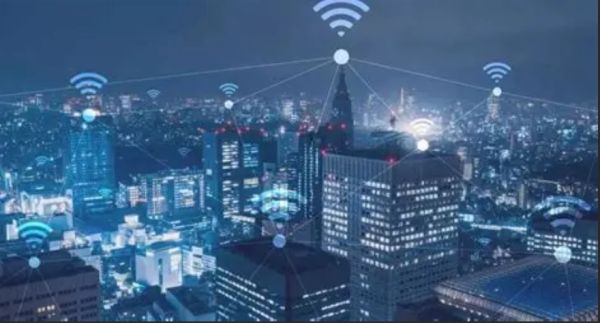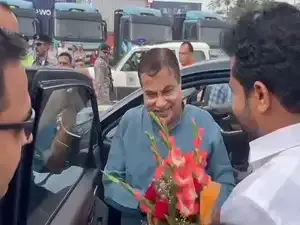
According to the latest report by Telecom Regulatory Authority of India (TRAI), India’s digital revolution in August increased and the number of broadband customers increased to 989.58 million, which shows 984.69 million to 0.50% monthly growth in July. This continuous expansion, inspired by affordable data and the advent of 5G services, underlines the country’s efforts towards universal connectivity, where the wireless field is playing a leading role despite a decline in use of fixed-line services.
The trends of different regions tell the story of contradictions. The number of mobile wireless broadband users rose 0.40% to 930.41 million to 934.11 million, dominating 94.4% of the market and reflects the access of smartphones in both urban and rural areas. Fixed wireless access (FWA)-including 5G, Wi-Fi and Y-Max-recorded a tremendous growth of 29.69% on a monthly basis and increased from 8.79 million to 11.40 million, which is a sign of investors’ enthusiasm in high-speed domestic internet options. However, the number of fixed wired broadband declined from 45.49 million to 3.13% to 44.07 million, as traditional copper networks were bent in front of fiber optics and wireless competitors. Rural wireline telecommunications density was 0.55%, while in urban areas it was 8.13%.
The market leading groups strengthened their dominance: Reliance Jio Infocomm topped with 501.31 million customers (50.6%stake), followed by Bharti Airtel’s 309.22 million (31.3%), Vodafone Idea 127.48 million (12.9%), BSNL’s 34.31 million (3.5%) and 2.35 of ACT Million customers were. Encouraged by Jio and Airtel’s aggressive 5G detail, private companies secured 98.48% stake.
Keeping this bounce in mind, the number of broadband users in July rose 0.50% from 979.71 million in June, with the number of mobile users 930.41 million, the number of wired users 45.49 million and FWA users, and the number of FWA users was 8.79 million, which reflects continuous wireless speeds. By June 30, India’s internet users increased from 1 billion to 1,002.85 million (which is 3.48% more than 969.10 million in March), including 44.7 million wired and 958.1 million wireless connections, leading to the total telecom density of 86.09%. Urban areas have 579.4 million users (57.7%), while rural areas have 423.3 million (42.3%) users, which reduced digital differences.
The number of active mobile customers has reached above 1,086.18 million (93.07%of 1,167.03 million wireless base), and experts are looking at 5G FWA and satellite broadband to meet this deficiency. With 15.05 million mobile number portability requests, TRAI’s statistics present a picture of a vibrant telecom ecosystem, indicating a change in demand for better services, which is ready for the digital dreams of developed India, intelligent and innovative-based.
-
MakeMyTrip, Google Cloud announce partnership to enhance former's Myra's platform

-
PVR INOX launches 'dine-in cinema' in Bengaluru

-
Gadkari inaugurates commercial electric truck battery swapping cum charging station at Sonipat

-
British Airways to add third daily London–Delhi flight in 2026

-
Over 200 deficiencies found at Indore pharma unit, production halted
